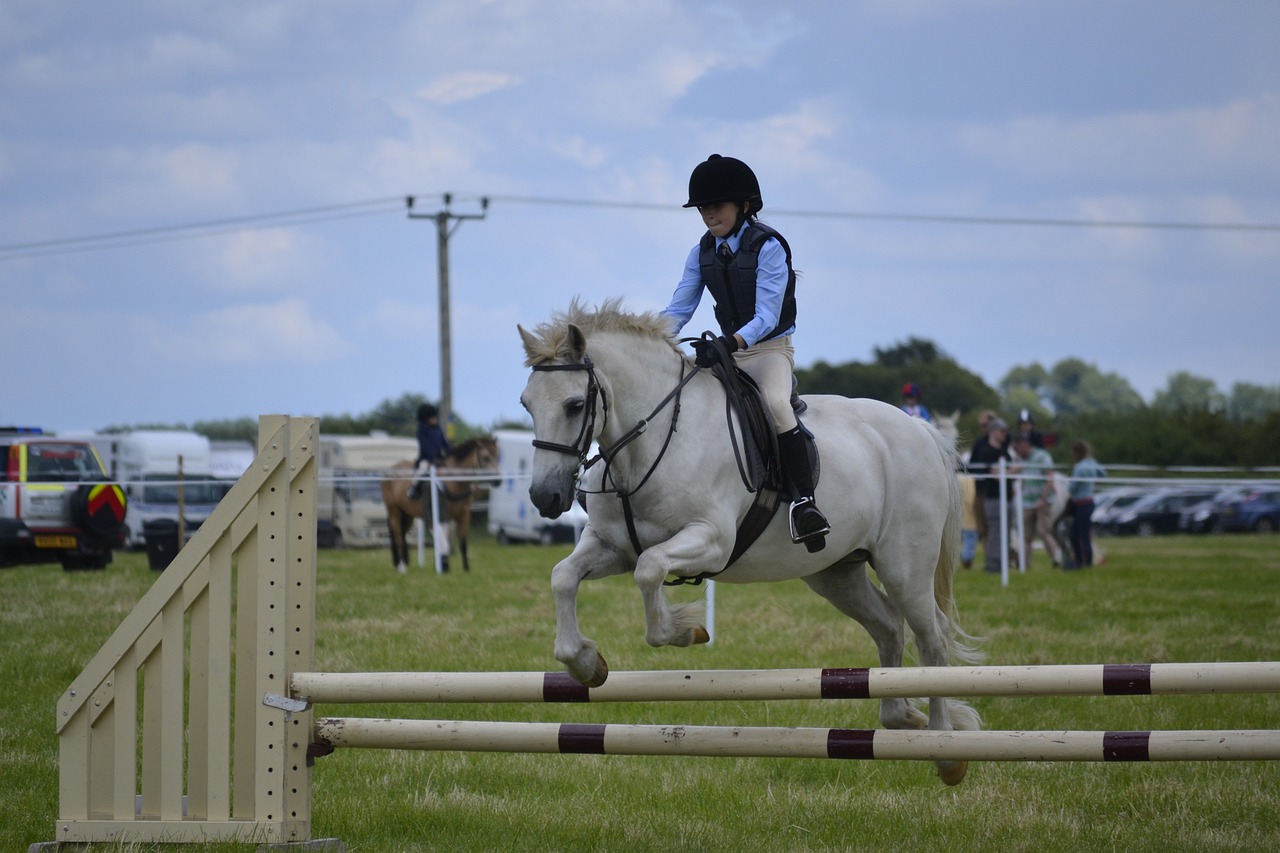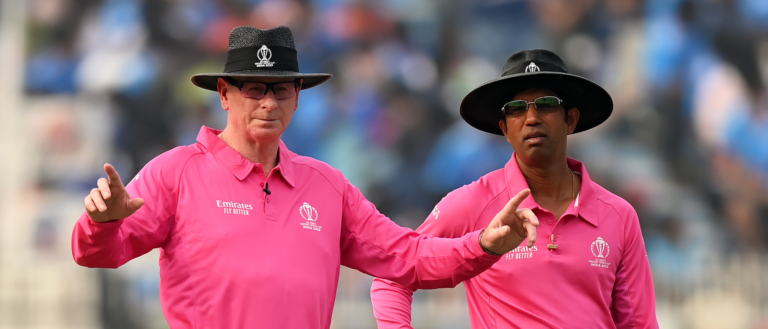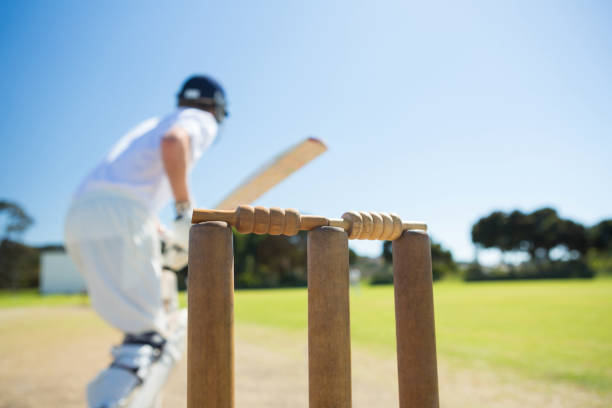Cricket and Indigenous Art: Celebrating Traditional Forms of Expression
Play99exch, Laser247:Cricket, known for its rich heritage and longstanding traditions, has a history that dates back centuries. The sport originated in the 16th century in England, evolving over time to become one of the most popular and revered sports worldwide. Initially played by nobility as a leisurely pastime, cricket soon gained popularity among the masses, spreading to various corners of the globe.
As the rules and format of cricket evolved, the game underwent several transformations, becoming more standardized and organized. The Marylebone Cricket Club (MCC) played a significant role in codifying the laws of cricket in the late 18th century, laying the foundation for the modern game we see today. With the establishment of international matches and tournaments, cricket continued to grow in popularity, captivating audiences and players alike with its unique blend of strategy, skill, and sportsmanship.
• Cricket originated in the 16th century in England
• Initially played by nobility as a leisurely pastime
• Spread to various corners of the globe, gaining popularity among the masses
• The Marylebone Cricket Club (MCC) codified the laws of cricket in the late 18th century
• Establishment of international matches and tournaments helped cricket grow in popularity
Origins of Indigenous Art
Indigenous art holds a rich cultural significance that dates back centuries, portraying the deep-rooted traditions and beliefs of various native communities. The origins of this art form can be traced to the ancestral practices of early civilizations, where creativity intertwined seamlessly with spirituality. Through the use of natural materials such as clay, wood, and plant dyes, indigenous artists conveyed stories of creation, myths, and rituals, illustrating a profound connection to the land and its inhabitants.
The intricate patterns and symbols found in indigenous art often carry symbolic meanings, serving as a visual language that communicates narratives and traditions from generation to generation. These artistic expressions are not merely decorative but carry significant spiritual and historical importance, reflecting the worldview and values of Indigenous peoples. From geometric designs representing the cyclical nature of life to animal motifs symbolizing ancestral spirits, indigenous art captures the essence of cultural identity and heritage in a mesmerizing display of creativity and storytelling.
Similarities between Cricket and Indigenous Art
Cricket and Indigenous art may seem like disparate realms, but upon closer examination, intriguing parallels emerge. Both are deeply-rooted in tradition and carry significant cultural weight within their respective communities. Cricket, with its long history dating back centuries, and Indigenous art, with its origins in ancient practices, serve as important markers of identity and heritage.
The intricate designs and patterns found in Indigenous art echo the strategic elements and technical skills required in the game of cricket. Just as a skilled batsman carefully calculates their shots, Indigenous artists meticulously plan and execute their creations with precision and finesse. The attention to detail and dedication to craftsmanship found in both cricket and Indigenous art highlight the value placed on excellence and mastery in these disciplines.
What is the history of cricket?
Cricket originated in England in the 16th century and has since become a popular sport played around the world.
What are the origins of Indigenous art?
Indigenous art has been created by Indigenous peoples around the world for thousands of years, often as a way to tell stories, preserve cultural traditions, and connect with the land.
What are some similarities between cricket and Indigenous art?
Both cricket and Indigenous art have deep cultural significance, often serving as a way to connect with heritage and traditions. Additionally, both cricket and Indigenous art have evolved over time, with different styles and techniques developing through the years.







